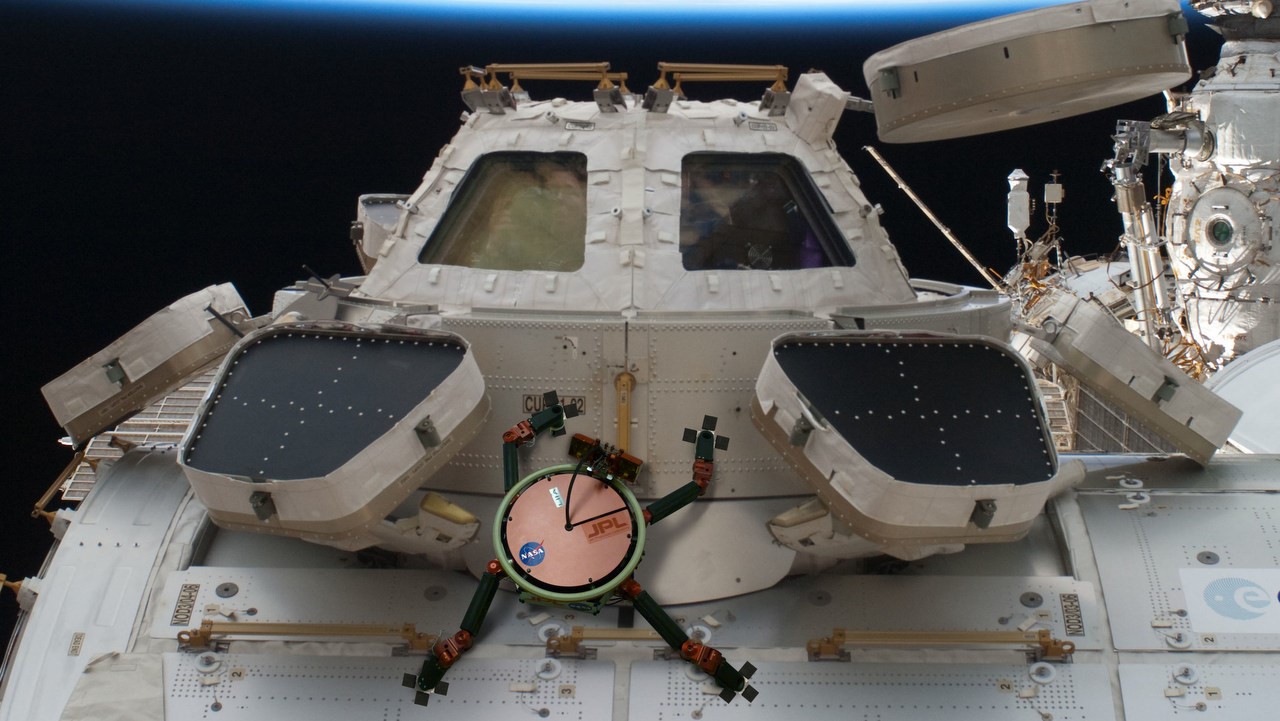
Joking referred to as the “best engineering tool” in space, duct tape fulfilled many quick fixes from the days of the Apollo missions in the 70’s until the present. But as useful as the device is, its adhesion quickly wears off after a few uses. NASA’s Jet Propulsion Lab in Pasadena is seeking to rectify this issue, by building what it describes as “the ultimate system of stickiness” based on gecko-inspired technology.
Geckos, as you most likely have observed at one point or another in your life, have an insect-like ability to cling to solid surfaces with relative ease thanks to microscopic hairs on the pads of their feet that do not wear off after repeated use —in other words, once a sticky gecko, always a sticky gecko.
With this concept in mind, JPL engineer Aaron Parness and his team created a material imbued with synthetic hairs thinner than a human hair that adhere to the desired surface when force is applied, without the requiring a mating surface such as Velcro. The underlying physics that permits this feat is dictated by a phenomenon called the van der Waals forces. NASA explains in vastly superior terms:
“A slight electrical field is created because electrons orbiting the nuclei of atoms are not evenly spaced, so there are positive and negative sides to a neutral molecule. The positively charged part of a molecule attracts the negatively charged part of its neighbor, resulting in “stickiness.” Even in extreme temperature, pressure and radiation conditions, these forces persist.”
The resulting gripper can support approximately 35 pounds (16 kilograms) or 150 Newtons of force whereas the adhesive itself remained functional even 30,000 cycles. Some practical applications stemming from the research include three sizes of a hand-operated “astronaut anchor,” that will eventually be used to test the adhesiveness in microgravity for prolong periods of time or to affix handheld objects around the inside of the cabin. Parness and Co. hope to test the former using a LEMUR 3 (Limbed Excursion Mechanical utility Robot) climbing robot equipped with the gecko-derived gripper feet. If successful, we may see an entire slew of space robots conducting exterior inspection and maintenance, eliminating the need to use humans.
Source: NASA.gov
Advertisement
Learn more about Electronic Products Magazine





